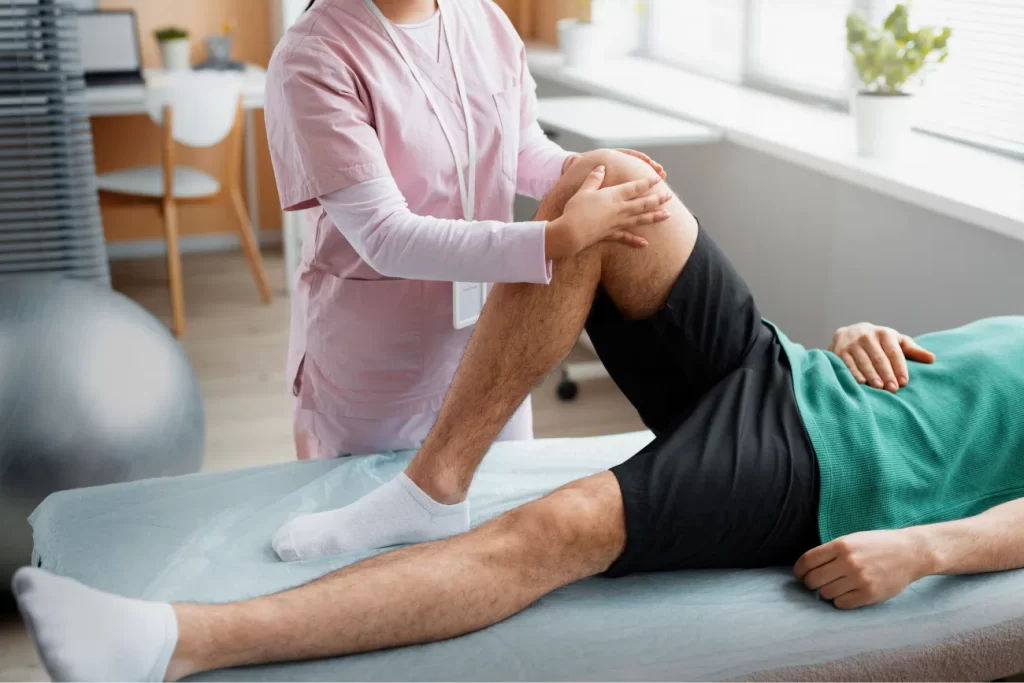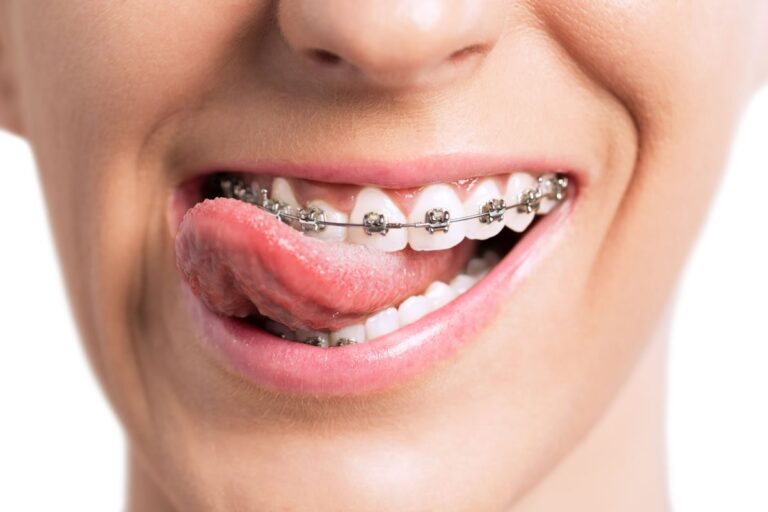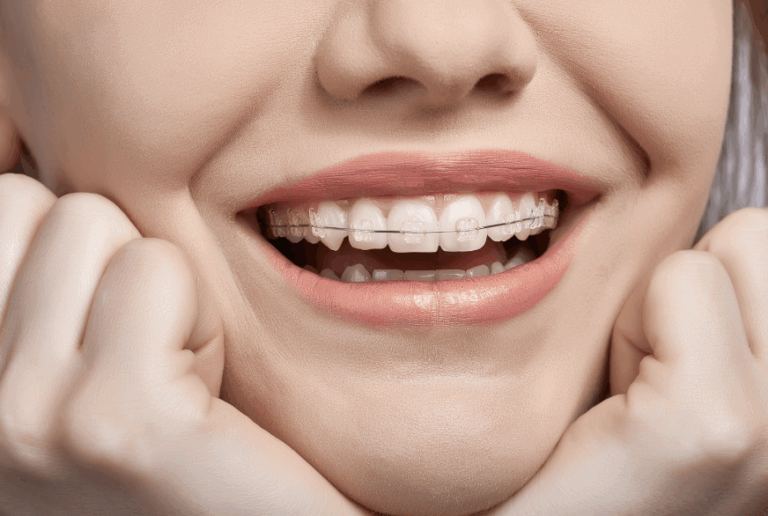
Platelet-Rich Plasma (PRP) therapy is gaining attention in orthopedic and sports medicine circles for its ability to accelerate healing. While PRP alone can stimulate tissue regeneration, combining it with structured physical therapy can offer more comprehensive recovery outcomes. The integration of these two treatments is becoming a reliable option for those recovering from musculoskeletal injuries, surgeries, and chronic conditions. As this approach continues to evolve, healthcare professionals and patients are starting to recognize its potential to improve functionality and reduce downtime.
Understanding how PRP therapy works
PRP therapy involves drawing a small amount of a patient’s blood, processing it to concentrate the platelets, and then injecting it into the injured area. These platelets contain growth factors that support tissue repair and reduce inflammation. PRP has shown promising results in treating tendon injuries, ligament sprains, osteoarthritis, and post-surgical healing. However, the healing process requires more than biological stimulation alone.
The importance of physical therapy in rehabilitation
Physical therapy plays a vital role in rebuilding strength, restoring mobility, and preventing future injuries. Through targeted exercises, manual techniques, and patient education, physical therapists help individuals regain optimal function. A carefully tailored rehab program is essential after PRP treatment to ensure that new tissue is properly conditioned and integrated.
Benefits of combining PRP and physical therapy
1. Enhanced healing response
The biological boost provided by PRP primes the injured area for healing, while physical therapy activates and guides the recovery process. This combination promotes faster and more coordinated tissue repair.
2. Reduced recovery time
Patients who follow a dual-treatment plan often return to their daily activities sooner than those who rely on either PRP or physical therapy alone. The synergy between cellular regeneration and movement-based rehabilitation allows for more efficient recovery timelines.
3. Improved functional outcomes
Functional improvements such as increased joint mobility, reduced pain, and restored strength are more pronounced when both therapies are used in tandem. This approach also addresses biomechanical factors that may have contributed to the initial injury.
Designing a combined treatment plan
A successful integrative approach begins with collaboration between medical professionals. Orthopedic doctors, physical therapists, and sports medicine specialists must assess the patient’s condition and develop a phased treatment plan. Initially, PRP may be administered to reduce inflammation and initiate tissue healing. This is followed by a physical therapy program tailored to the patient’s needs, including gentle mobility exercises and gradual strength training.
Progress is monitored closely, and therapy intensity is adjusted based on healing milestones. Communication between the care team is essential to ensure alignment of goals and treatment timelines.
PRP, physical therapy, and regenerative medicine
Integrating PRP and physical therapy represents a shift toward regenerative recovery rather than symptom management. This approach aligns with broader trends in personalized care and holistic musculoskeletal treatment. It also pairs well with other innovations in regenerative medicine, including stem cell therapy, to support complex healing needs.
The combination of PRP and physical therapy offers a practical and effective pathway to recovery for many patients. By stimulating biological repair while restoring movement and strength, this integrative method enhances overall outcomes. Patients considering PRP therapy should discuss rehabilitation options with their providers to ensure a comprehensive plan is in place for optimal healing.
Keep an eye for more latest news & updates on Buzz Feed!





